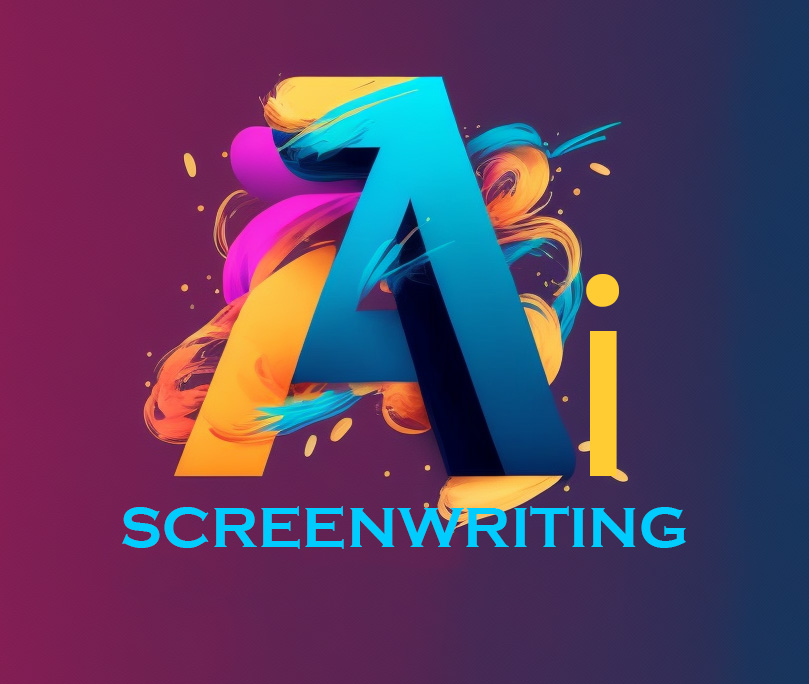
Welcome, aspiring wordsmiths and storytelling enthusiasts!
Have you ever thought about what makes a story truly irresistible?
No, it’s not just the dragon-killing knights or the plot twists that feel like surprise cupcakes – it’s something much more structured and yet delightfully creative: the narrative arc!
Think of it as the rollercoaster track that keeps your readers buckled in and screaming with joy (or anguish, depending on the story).
So, if you’re ready to take a ride on the literary loop-de-loop and master the art of storytelling like a wizard conjuring spells, then let’s decant the divine nectar of the narrative arc!
Stick around, and you’ll learn how to harness this essential tool to craft tales that will leave your audience clutching their hearts and begging for more!
The BEST AI Screenwriting Tool In Hollywood!
Key Takeaways
- The narrative arc is essential for creating compelling and engaging stories.
- Understanding the key components of a narrative arc can improve your storytelling structure.
- Relatable characters are crucial as they connect readers emotionally to the story.
- Tension and conflict are vital elements that keep audiences invested in the narrative.
- A well-crafted resolution enhances the overall impact of your story, leaving readers satisfied.
Understanding the Narrative Arc: Definition and Importance
Welcome to the whimsical world of storytelling, my fellow aspiring authors!
Today, we’re diving headfirst into the delightful realm of the ‘narrative arc.’ Now, before you get lost in a sea of jargon, let’s strip it down to its core.
A narrative arc is simply the blueprint of your story—it’s the magical path your characters wander through, from their introductory wobbles to the triumphant resolutions that make us all shout ‘Huzzah!’ in our living rooms.
Think of it like a rollercoaster: you start at the ticket booth (a.k.a.
exposition), ascend to the thrilling highs of conflict, glide across some mind-bending twists, and eventually plunge into the satisfying resolution that leaves readers gasping and cheering.
Understanding the narrative arc is crucial, not just for keeping your readers glued to their seats, but for ensuring that your characters evolve along their journey.
So, dear writers, whether you’re spinning a yarn about a time-traveling cat or a heroic broccoli trying to save the vegetable kingdom, mastering the narrative arc will elevate your storytelling skills from ‘meh’ to ‘magnificent!’ Strap in and grab your pens; we’re going full-speed into the adventure of narrative arcs!
The Structure of a Narrative Arc: Key Components
Ah, the elusive narrative arc!
It’s the secret sauce that turns a good story into a great one, much like avocado toast transforms bland bread into a breakfast masterpiece.
Let’s dive into the key components of a narrative arc without causing you to sprout a thousand gray hairs.
First up, we have the *exposition*, where you set the stage and introduce the characters, like a peppy concert opener—always full of energy!
Next, the *rising action* is where things start to heat up, and tensions rise faster than your heart rate when you realize you’re about to miss your train.
Then comes the *climax*—the thrilling peak where all major conflicts collide and the world holds its breath (don’t forget to gasp!).
After that, we transition to the *falling action*, where the story begins to cool down like your iced coffee on a hot day, leading to the final bow, also known as the *resolution*.
This part ties up loose ends and leaves readers feeling all warm and fuzzy inside, or at least significantly less confused than they were at the start.
So, if you’re crafting a tale with a solid narrative arc, remember these components and watch your readers become more engaged than a cat with a laser pointer!
‘There is no greater agony than bearing an untold story inside you.’ – Maya Angelou
Crafting Relatable Characters: The Heart of Your Story
When it comes to crafting relatable characters, you better believe they’re the heart of your story, pumping life into that pulsating narrative arc like an over-caffeinated squirrel on an acorn hunt.
Picture it: you’re diving deep into your protagonist’s mind, weaving their hopes, dreams, and fears into the very fabric of your plot.
Characters are the ones who take us on wild rollercoasters of emotions, and if we can’t relate to them, it’s like trying to enjoy a fine wine after taking a swig of vinegar.
As you build your narrative arc—from the exhilarating rise to that gut-wrenching climax—ensure your characters evolve in ways that resonate with readers.
Whether they’re quirky, stoic, or on a quest for eternal pizza (who can blame them?), relatable characters will have your audience rooting for them, turning the pages faster than a cheetah wearing rollerblades.
So, grab your pens and prepare to create characters that not only populate your narrative arc but also make it sizzle with life!
The BEST AI Screenwriting Tool In Hollywood!
Building Tension and Conflict: Keeping Readers Engaged
Ah, the narrative arc, the secret sauce of storytelling that transforms mere words on a page into a thrilling rollercoaster ride for the mind!
Imagine it as your trusty compass that guides your characters through the murky waters of plot twists and emotional turmoil.
Picture this: your protagonist starts at a leisurely coffee shop, sipping on their flat white, when suddenly—BAM—an unexpected plot twist sends them tumbling into a world of chaos.
Voila!
You’ve just created tension and conflict!
By skillfully manipulating the peaks and troughs of the narrative arc, you can keep readers on the edge of their seats, hungry for what comes next.
Think of it like a well-prepared soufflé: you need the right balance of rising tensions, moments of despair, and sweet resolutions that leave your audience grinning like a Cheshire cat.
So, go ahead, embrace the narrative arc, and let your words dance through the pages, pulling readers in with enticing conflicts and tantalizing resolutions!
The Resolution: Satisfying Conclusions and Takeaways
Ah, the narrative arc!
It’s the rollercoaster of storytelling!
You hop on, strap in, and get ready for a wild ride, experiencing the exhilarating ups and devastating downs—all leading to that sweet, satisfying resolution.
Picture this: the protagonist is sweating bullets as they face the final showdown, the stakes are higher than a giraffe on stilts, and just when you think they’re done for, BAM!
They pull a rabbit out of their hat (not literally, we hope) and save the day!
This glorious finale ties up loose ends and provides those warm fuzzies that make us feel all googly-eyed about life.
So whether you’re reading a novel or crafting your own tale, understanding the narrative arc is essential.
It’s like the secret sauce that transforms your story from bland to grand, ensuring your readers are left with memorable takeaways they can’t stop gushing about over coffee.
Remember, a good story doesn’t just end; it fades with a flourish—just like the last note of your favorite song.








